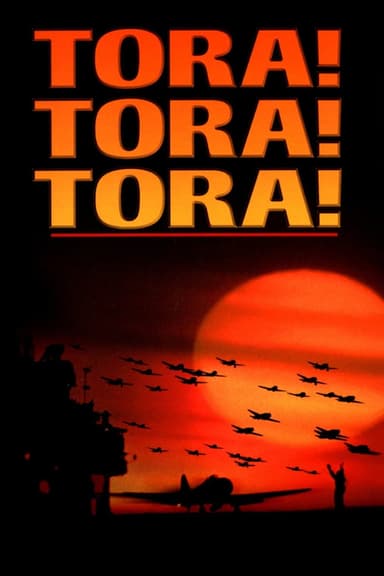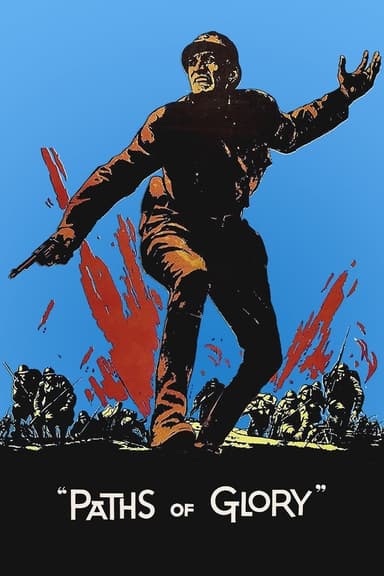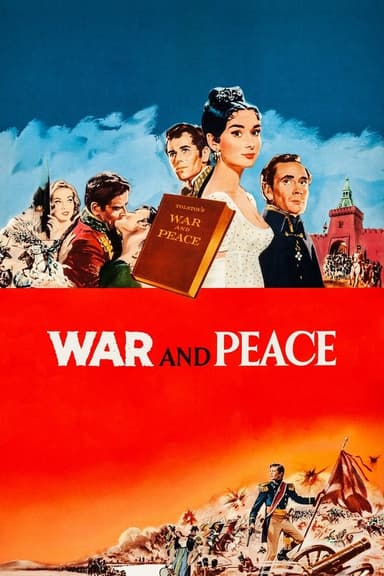
Gettysburg
1993 • Drama, History, War • PG
In the summer of 1863, General Robert E. Lee leads the Confederate Army of Northern Virginia into Gettysburg, Pennsylvania with the goal of marching through to Washington, D.C. The Union Army of the Potomac, under the command of General George G. Meade, forms a defensive position to confront the rebel forces in what will prove to be the decisive battle of the American Civil War.
Runtime: 4h 14m
Why you should read the novel
Reading 'The Killer Angels' offers a richer, more immersive exploration of the Battle of Gettysburg than what you’ll experience watching the movie. Michael Shaara’s Pulitzer Prize-winning novel delves deeply into the minds of historic figures, allowing readers to understand their internal struggles, motivations, and moral dilemmas in a way film can only suggest.
The novel’s lyrical prose invites you to see the battlefield from multiple perspectives, building empathy for participants on both sides. The carefully researched characterizations and personal moments evoke a nuanced understanding of brotherhood, honor, and tragedy, making the conflict heartbreakingly human.
By turning its pages, you’re granted access to layers of emotion, historical insight, and psychological complexity that film adaptations rarely have the time or form to fully capture. 'The Killer Angels' makes history feel alive and present, giving you both the facts and the feelings of Gettysburg.
Adaptation differences
One of the main differences between 'Gettysburg' and 'The Killer Angels' lies in the depth of character exploration. The novel immerses readers in the private thoughts and emotional journeys of key figures, such as Joshua Lawrence Chamberlain, Robert E. Lee, and James Longstreet. While the film showcases these characters, the constraints of screen time and format mean much of their inner conflict and subtle transformation are condensed or lost.
Another key difference is the structure of the storytelling. Michael Shaara’s novel is meticulously divided into sections by day and by character viewpoint, allowing readers to absorb the battle’s ebb and flow from multiple perspectives. The film, though mostly faithful to the sequence of events, sometimes compresses or omits certain scenes to maintain pacing, and the fluid shifting between viewpoints is less seamless on screen.
Furthermore, the book includes detailed historical context and analysis woven through the characters’ observations and memories. These asides allow for a greater understanding of the war’s causes and the philosophies behind the leaders’ decisions. In the movie, while some exposition remains, much of this context is either visually implied or delivered through brief dialogue, giving viewers less opportunity to grasp the broader significance.
Finally, certain characters and incidents receive more attention or are developed differently in the book. For example, the internal struggles of Longstreet or the reasoning behind Lee’s fateful decisions are explored in greater nuance in the novel. Key conversations, like Chamberlain’s reflections on democracy and brotherhood, may be shortened or absent in the film, resulting in a less philosophically rich experience.
Gettysburg inspired from
The Killer Angels
by Michael Shaara











